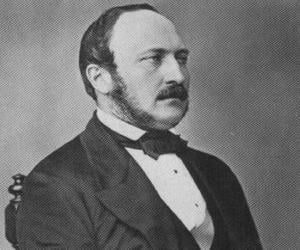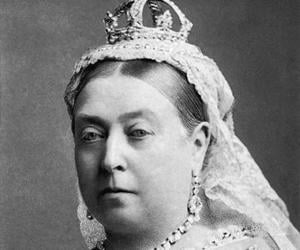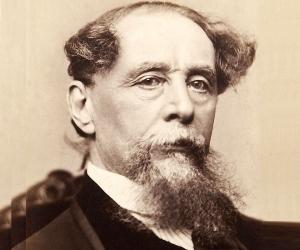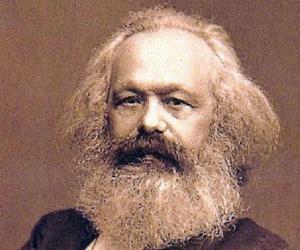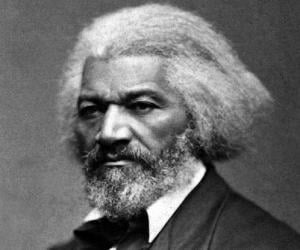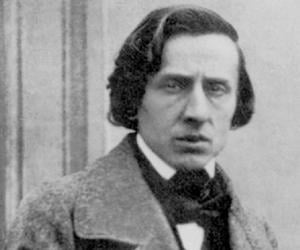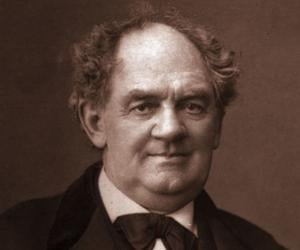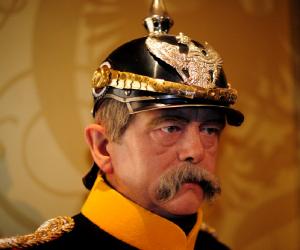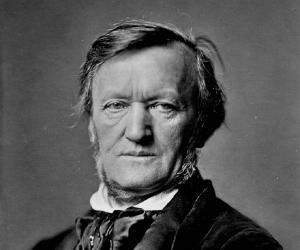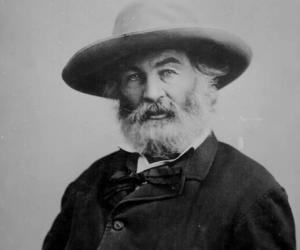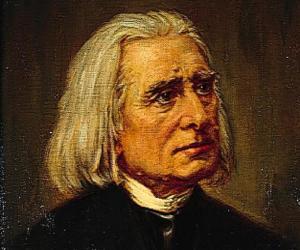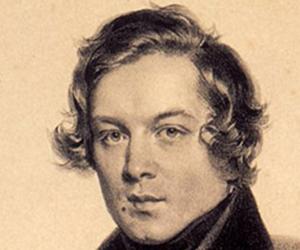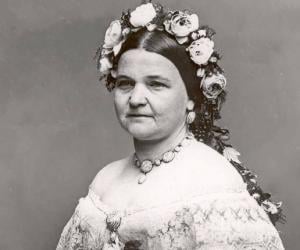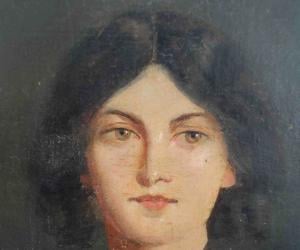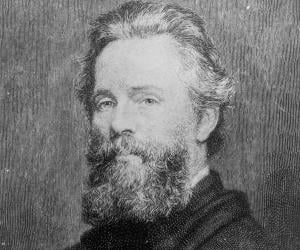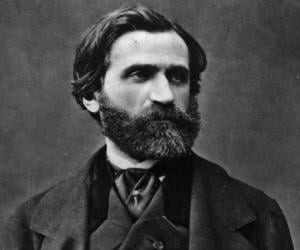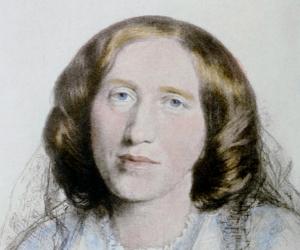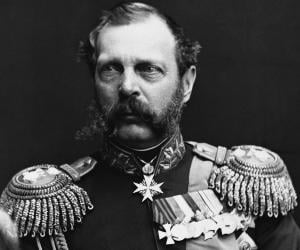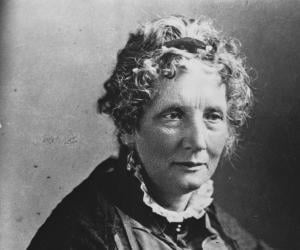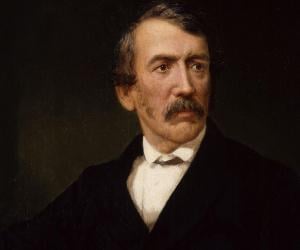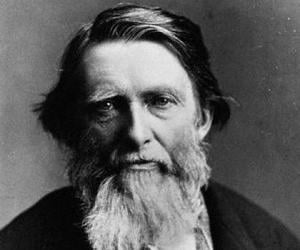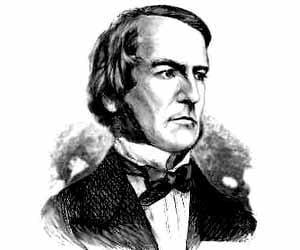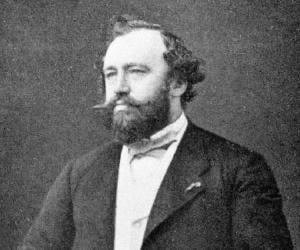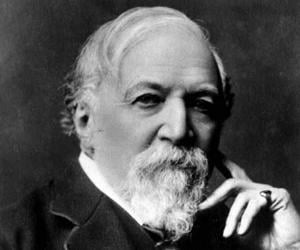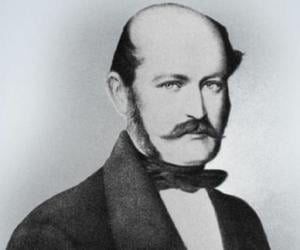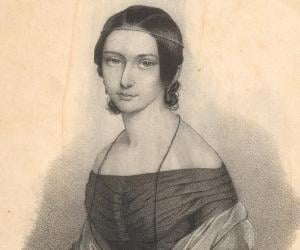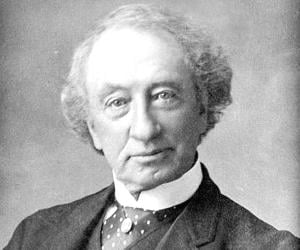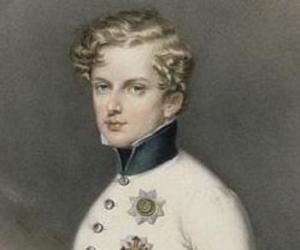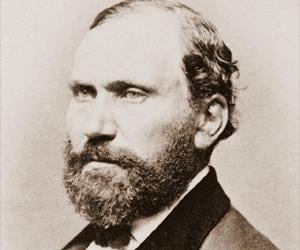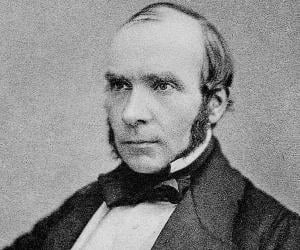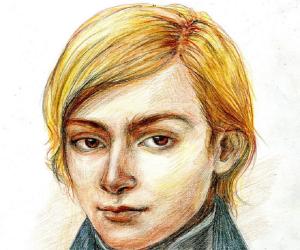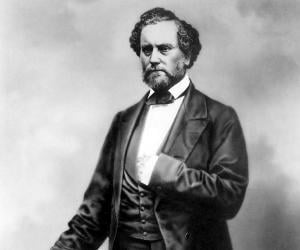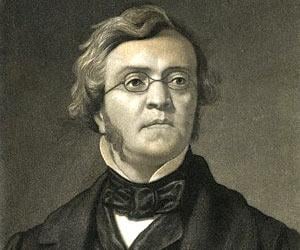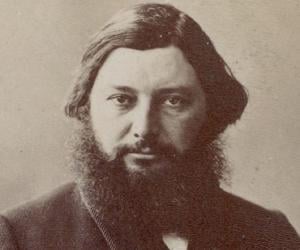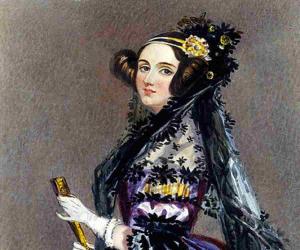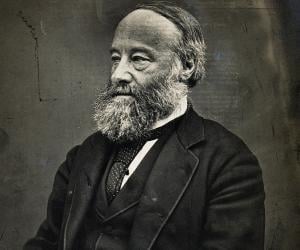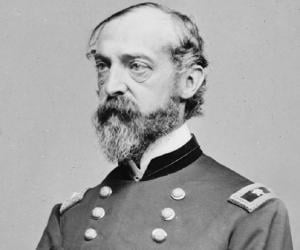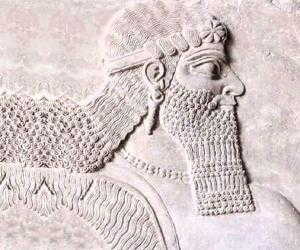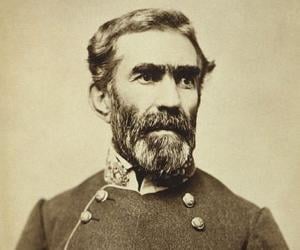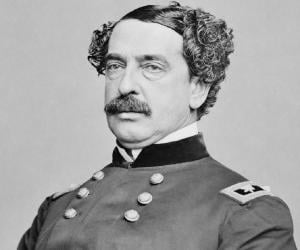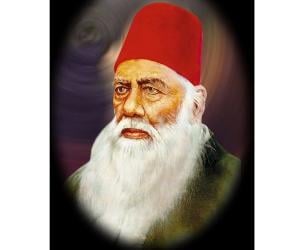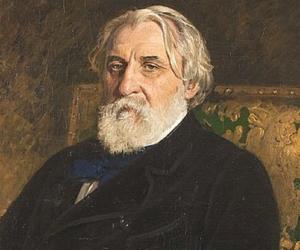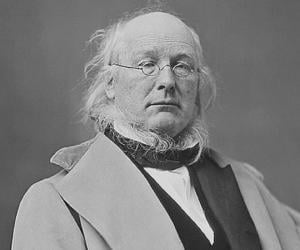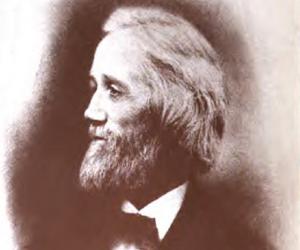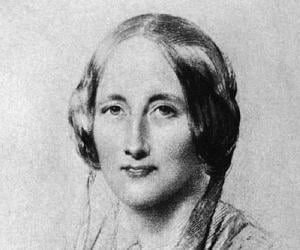Albert, Prince Consort was the husband of Queen Victoria who earned a reputation for promoting public causes like the abolition of slavery worldwide and educational reform. He also helped develop Britain's constitutional monarchy by guiding his wife during her dealings with Parliament. After his untimely death at age 42, Queen Victoria started wearing black for the remainder of her life.
The Queen of the United Kingdom of Great Britain and Ireland for over six decades, Queen Victoria reigned for longer than any of her predecessors. Her rule witnessed the vast expansion of the British Empire and ushered in a period of industrial, cultural, political, scientific, and military changes. Her Golden and Diamond Jubilees were celebrated with great pomp and show.
Widely considered the greatest novelist of the Victorian era, Charles Dickens was an English writer famous for creating world-renowned fictional characters. Regarded by critics and scholars as a literary genius, most of his short stories and novels are read around the world even today. His distinctive style of writing is referred to as Dickensian.
Karl Marx, the philosopher, economist, political theorist and socialist revolutionary, is best-known for the 1848 pamphlet, The Communist Manifesto and the three-volume Das Kapital. His theories, called Marxism, maintained that class conflict leads to the development of human societies and that internal tension were inherent in capitalism, which would ultimately be replaced by the socialist mode of production.
Social reformer and abolitionist, Frederick Douglass was a national leader of the abolitionist movement in Massachusetts and New York. Born into slavery, he had a difficult early life. Eventually, he managed to escape and dedicated the rest of his life to promoting the cause of abolition. He was a great orator and writer.
Romantic Era virtuoso pianist and composer Frédéric Chopin, nicknamed The Poet of the Piano, is remembered as the inventor of the instrumental ballade. The legendary composer mostly created solo piano masterpieces but also experimented with piano concertos and chamber pieces. He was influenced by Bach, Mozart, and Polish folk music.
P. T. Barnum was an American politician, showman, and businessman. He is credited with founding the famous Barnum & Bailey Circus, which ran for 146 years. He is also credited with co-founding the Bridgeport & Port Jefferson Steamboat Company, which is one of the oldest American ferry companies. His life and work have inspired many films, including The Greatest Showman.
Walt Whitman was an American poet, journalist, and essayist. Also a humanist, Whitman played a crucial role in the shift between transcendentalism and realism. Often referred to as the father of free verse, Whitman is one of the most influential American poets of all time. Several decades after his death, Walt Whitman's poetry remains influential.
Franz Liszt was a Hungarian composer, conductor, arranger, music teacher, and virtuoso pianist of the Romantic era. Considered one of the greatest pianists ever, Liszt's works influenced his contemporaries and successors alike. Perhaps his greatest legacy is his work as a teacher, although his rich body of work might suggest otherwise; he taught people like Karl Klindworth among other pianists.
Mary Todd Lincoln was the wife of Abraham Lincoln. She played an important role during the American Civil War as she worked hard to keep the morale of the country high throughout the war. Mary invariably finds a place in stories and biographies written about Abraham Lincoln as she was seated next to him when he was killed.
Herman Melville was an American short story writer, novelist, and poet. One of his best-known works, Moby-Dick is widely regarded as one of the great American novels, although it did not garner much attention during his lifetime. Livyatan melvillei, a species of an extinct sperm whale, which was discovered in 2010, was named in his honor.
Legendary Italian opera composer Giuseppe Verdi is best remembered for his masterpieces such as Requiem, Rigoletto, Falstaff, and Otello. He was also briefly associated with the Risorgimento movement meant to unify Italy and thus composed many choruses reflecting the spirit. He was inspired by composers such as Bellini and Donizetti.
Mary Ann Evans, known by her pseudonym George Eliot, was an English poet, novelist, translator, and journalist. One of the most prominent writers of the Victorian era, Eliot's works are known for their psychological insight, realism, and detailed description of the countryside. Her novel Middlemarch was voted one of the greatest literary works in a 2007 poll conducted by Time.
Alexander II of Russia was the Emperor of Russia, Grand Duke of Finland, and King of Poland from 1855 to 1881. He became known as Alexander the Liberator for his most significant reform, which was the Emancipation Reform of 1861. He is also credited with reorganizing the judicial system, abolishing corporal punishment, and imposing universal military service in Russia.
David Livingstone was a Scottish physician who played a major role at the London Missionary Society, where he was a pioneer Christian missionary. He is also remembered for his work as a missionary in Africa. Widely considered one of the most famous British heroes of the late Victorian era, Livingstone was mentioned in the 100 Greatest Britons list in 2002.
The leading English art critic of the Victorian era, John Ruskin was a hugely influential figure in the latter half of the 19th century. Also a philosopher and prominent social thinker, he wrote on varied subjects like geology, architecture, education, botany, myth, ornithology, literature, and political economy. He founded the charitable trust Guild of St George.
George Boole is remembered for pioneering Boolean algebra, a tool used in digital computer circuits. More of a self-taught mathematician, Boole began teaching at 16 and later grew up to be a math professor at Queen’s College, Cork. His work in differential equations and algebraic logic was groundbreaking.
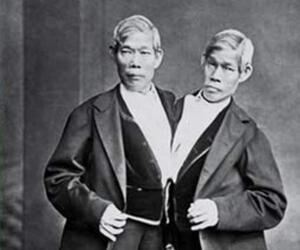
Chang Bunker was a Siamese-American man and one-half of the popular conjoined twin brothers. Chang and his conjoined twin Eng were two of the most studied human beings during the 19th century. They toured the United States and Europe as part of their freak shows, gaining financial success and fame. They are credited with coining the colloquial term Siamese twins.
The inventor of the saxophone, Belgian musician Adolphe Sax, was born to instrument-maker parents who had themselves re-designed the French horn. As a child, he was known as "the ghost" for his frequent brushes with death. He made many other instruments, which were included in the French army bands.
Robert Browning was an English playwright and poet best remembered for his dramatic monologues. His monologues are widely studied around the world as most teachers consider them ideal examples of the monologue form. One of the most important Victorian poets, Browning has inspired several poets and playwrights.
Almost 2 decades before germ theory was laid down, Ignaz Semmelweis became the first physician to suggest that hand-washing could prevent the spread of puerperal fever and related deaths. Ironically, after being ridiculed for his theory, he died in a mental asylum, due to an infection from a wound.
Clara Wieck Schumann was a German pianist, teacher, and composer. One of the most famous pianists of the Romantic era, Schumann changed the way concerts were conducted during her time and made a long-lasting impression as a pianist. She also influenced other pianists through her teaching; among her students were famous English pianist, Mathilde Verne.
John A. Macdonald was the first prime minister of Canada. A dominant figure in Canadian politics for half a century, he was a lawyer by profession before venturing into politics. As a politician, he was influential in building Canada’s new government. To date, he remains one of the highest-rated prime ministers in Canadian history.
Napoleon II was the son of Emperor Napoleon I and Empress Marie Louise. He was the titular Emperor of the French for a few weeks in 1815. He was just a small child when he became the disputed emperor following his father’s abdication. He died as a young man before getting the chance to serve his nation.
A walk through the woods in Dundee, changed Allan Pinkerton’s life, as he bumped into a group of counterfeiters and reported them to the police. This incident inspired him to later become Chicago's first full-time detective. His agency’s logo, an unblinking eye, inspired the phrase “Private Eye.”
Best known as the father of modern epidemiology, British doctor John Snow revolutionized medical science with his study of London’s Broad Street cholera outbreak of 1854. His research contributed to the development of London’s sewage and water systems and led to the reduction in cholera cases.
Évariste Galois was a French mathematician best remembered for solving a 350-year-old problem when he was still in his teens. His work formed the basis for group theory and Galois theory, two important branches of abstract algebra. Also a political activist, Évariste Galois died at the age of 20 after suffering wounds in a duel.
Ada Lovelace was a mathematician known for her work on the Analytical Engine, a mechanical general-purpose computer proposed by Charles Babbage. Many believe that Lovelace was the first to recognize the potential of computers. It is also believed that she published the first algorithm after realizing that the algorithm could be carried out by a machine like the Analytical Engine.
English physicist, and mathematician, James Prescott Joule primarily worked on the nature of heat, in course of which he established that all forms of energy are fundamentally same and therefore inter-convertible. His findings resulted in the development of the first law of thermodynamics and negation of calorie theory. The SI derived unit of energy, the joule, is named after him.
George Meade was a civil engineer and United States Army officer best remembered for decisively defeating Robert E. Lee in the American Civil War. After the war, he played an important role during the Reconstruction era. As a civil engineer, George Meade was involved in the construction of many lighthouses.
Hammurabi reigned as the first Babylonian dynasty's sixth king from 1792 BC to 1750 BC. During his reign, Hammurabi conquered the city-states of Eshnunna, Larsa, and Mari and brought nearly all of Mesopotamia under Babylonian rule. He is also known for issuing the Code of Hammurabi, which is one of the first law codes to establish the presumption of innocence.
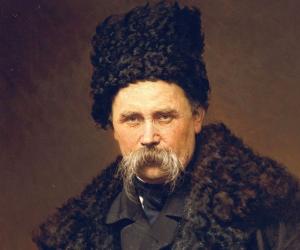
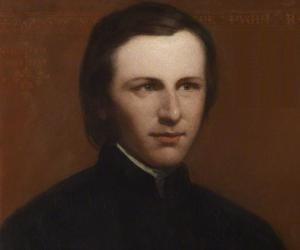
Augustus Pugin was an English designer, architect, artist, and critic. He is best remembered for his contribution to the Gothic Revival style of architecture. He is credited with designing the interior of the popular Palace of Westminster in London as well as the palace's iconic clock tower. Augustus Pugin also designed the Alton Castle in Staffordshire.
It is believed Russian novelist Ivan Turgenev was highly inspired by his dominant mother in his younger days and thus created strong female characters in his novels later. He is remembered for popularizing Russian literature and realism in the West. One of his most notable works was Father and Sons.

Henry Parkes was a politician who served as the premier of the Colony of New South Wales. Serving at different time periods throughout the 1870s and 1880s, Parkes was the longest non-consecutive premier in the Colony of New South Wales history. Considered the Father of Federation, Parkes was described as the most commanding figure in Australian politics by The Times.
Horace Greeley was an American publisher and newspaper editor. He is credited with founding the New-York Tribune, for which he also served as an editor. He is also credited with popularizing the New-York Tribune, which became the highest-circulating newspaper in America. Long active in politics, Greeley helped found the Republican Party in 1854.
